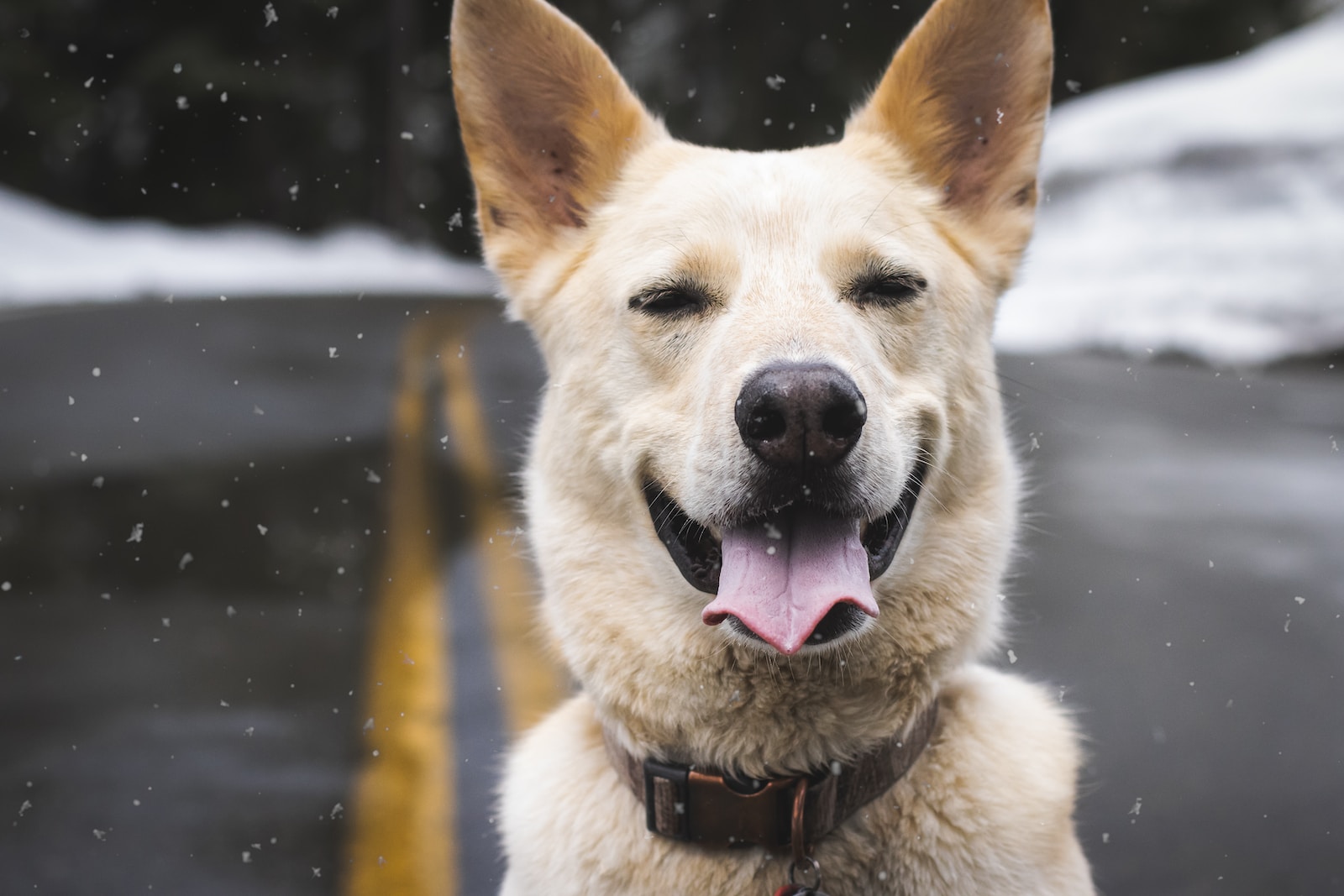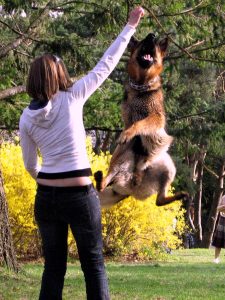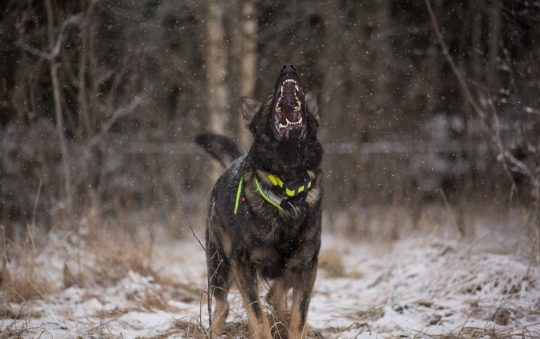A German Shepherd is a powerful, intelligent, and versatile breed, which is why they are often the top choice for many dog owners. Mastering German Shepherd training is essential to ensure your dog is a well-behaved, well-adjusted, and obedient companion. In this comprehensive guide, we will share essential tips, tricks, and techniques to help you train your German Shepherd successfully.
1. Understanding Your German Shepherd’s Nature
German Shepherds are known for their intelligence, loyalty, and work ethic. These traits make them excellent working dogs and family pets. However, they also require mental stimulation and a firm, consistent leader. Before starting your training journey, it’s essential to understand your dog’s nature and how to communicate effectively with them.
2. Establishing a Solid Foundation
a. Socialization
Early socialization is crucial for German Shepherds to become well-rounded dogs. Expose your puppy to different environments, people, and animals to help them develop confidence and adaptability. Start socialization as early as possible, ideally between 3 and 14 weeks of age.
b. Crate Training
Crate training provides your German Shepherd with a safe and comfortable space. It also helps with house training and preventing destructive behaviors. Introduce the crate gradually, using positive reinforcement, and make it a pleasant experience for your dog.
c. House Training
Consistency is the key to successful house training. Establish a regular feeding and bathroom schedule for your German Shepherd. Praise and reward them when they eliminate in the appropriate location. Be patient, and remember that accidents will happen during this process.
3. Basic Obedience Training
a. Sit
The “sit” command is one of the first and most essential commands to teach your German Shepherd. Use a treat to lure your dog into a sitting position and say “sit” as they do so. Reward and praise them immediately. Practice this command multiple times a day in short training sessions.
b. Stay
Once your German Shepherd has mastered the “sit” command, move on to “stay.” Ask your dog to sit, then say “stay” while holding your hand out like a stop sign. Gradually increase the distance and duration of the stay before rewarding your dog.
c. Come
The “come” command is crucial for your dog’s safety. Begin by calling your dog’s name, followed by the command “come.” Reward them with treats and praise when they come to you. Practice this command in various environments to reinforce the behavior.
d. Heel
Teaching your German Shepherd to walk on a loose leash by your side is essential for enjoyable walks. Start by having your dog sit next to you, then say “heel” and start walking. If your dog pulls, stop and call them back to your side. Reward your dog when they walk by your side without pulling.
4. Advanced German Shepherd Training Techniques
a. Agility Training
Agility training is an excellent way to provide mental and physical stimulation for your German Shepherd. Agility courses challenge your dog’s mind and body as they navigate various obstacles, such as jumps, tunnels, weave poles, and A-frames. It also helps to improve your dog’s focus, coordination, and confidence. Training your German Shepherd in agility can create a strong bond between you and your pet, as well as encourage proper socialization with other dogs.
In addition to agility training, consider incorporating other mentally stimulating activities into your dog’s daily routine. You can make mealtimes more engaging by using food-dispensing toys that encourage their natural hunting and scavenging instincts. There are also numerous fun activities designed specifically for German Shepherds that help increase brainpower and keep them calm.
You can also combine mental stimulation with physical exercise during walks by allowing your German Shepherd to sniff and explore their environment. This helps them navigate the world around them and can also be an excellent opportunity for training.
5. Overcoming Common Training Challenges
German Shepherds may face certain training challenges due to their intelligence and strong personalities. Some of these challenges include stubbornness, excessive barking, and a high prey drive. To overcome these issues, remain consistent, patient, and persistent in your training methods. Seek professional guidance if necessary to address specific behavioral concerns.
6. Key Training Principles to Remember
To achieve success in training your German Shepherd, keep these key principles in mind:
- Use positive reinforcement and rewards to motivate your dog.
- Be consistent with commands and expectations.
- Provide ample mental and physical stimulation[^10^].
- Practice patience and remain calm during training sessions.
- Socialize your dog early and often to ensure they become well-adjusted adults.
7. Frequently Asked Questions
- How long does it take to train a German Shepherd? Training a German Shepherd is an ongoing process. Basic obedience training can take a few weeks to a few months, while advanced training and behavior modification can take months or even years.
- Are German Shepherds easy to train? German Shepherds are intelligent and eager to please, making them relatively easy to train. However, their strong personalities and high energy levels can present challenges for inexperienced trainers.
- When should I start training my German Shepherd puppy? Begin training your German Shepherd puppy as soon as you bring them home, ideally around 8 weeks of age. Start with socialization, crate training, and house training before moving on to basic obedience commands.
- What is the best method for training a German Shepherd? The best method for training a German Shepherd is using positive reinforcement and rewards-based training. This approach encourages desired behaviors while promoting a strong bond between you and your dog.
- Can German Shepherds be off-leash? With proper training, German Shepherds can be trusted off-leash. However, always consider the environment and local leash laws before allowing your dog to roam freely.
- How do I stop my German Shepherd from jumping on people? Teach your German Shepherd to “sit” and “stay” when greeting people. Reward them for remaining calm and keeping all four paws on the ground. Be consistent with your expectations and discourage others from encouraging jumping behaviors.
- Do German Shepherds need a lot of exercise? Yes, German Shepherds require ample daily exercise, including walks, playtime, and mentally stimulating activities. Aim for at least 2 hours of combined physical and mental exercise per day.
Why is my German Shepherd so stubborn during training? Stubbornness in German Shepherds can stem from boredom, lack of motivation, or a need for a clear and consistent leader. To overcome stubbornness, make training sessions engaging, use positive reinforcement, and establish yourself as a calm, assertive leader. Be patient, and remember that each dog has its unique learning pace and personality.
By understanding your German Shepherd’s nature, establishing a solid foundation, mastering basic obedience, and incorporating advanced training techniques, you will be well on your way to raising a well-behaved and well-adjusted companion. Remember to provide ample mental and physical stimulation, overcome common training challenges, and adhere to the key training principles. Your dedication, consistency, and patience will pay off as you develop a strong bond with your German Shepherd and help them reach their full potential.
Easiest Dog Breeds To Train: Top Picks for Quick Learning
Best Training Collar for German Shepherd 2023: Reviews + Buying Guide
Pros and Cons of Owning a German Shepherd


